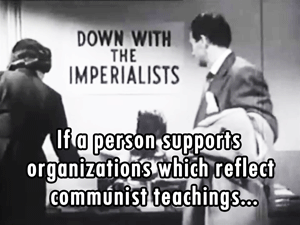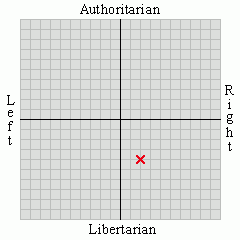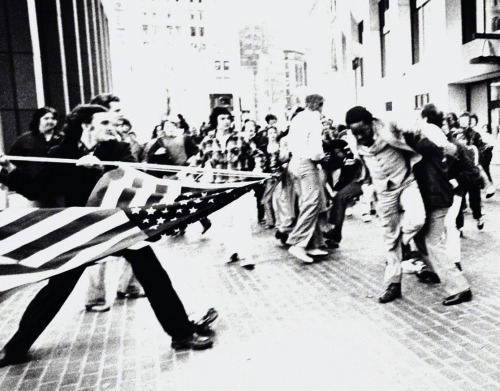
Tahitian Women on the Beach, 1891.

The Painter of Sunflowers, 1888.

Self-Portrait, 1885.

Les Alyscamps, 1888.

The Swineherd, Brittany, 1888.

Self-Portrait (Les Miserables), 1888.

Tehamana Has Many Parents, 1893.

Three Tahitian Women (detail), 1896.
June 7, 1848: Paul Gauguin is born.
This colorful (with regards to both his art and personality) French post-Impressionist was born in Paris, but he spent much of his early childhood in Lima, Peru, which undoubtedly influenced his later art. In 1888, he spent several months painting in Arles alongside Vincent Van Gogh, with whom he shared a volatile relationship. Like Van Gogh, he suffered from bouts of depression, and Gauguin’s domineering, arrogant personality contributed greatly to Van Gogh’s eventual mental deterioration. Van Gogh’s famous ear-cutting incident occurred after a desperate quarrel with Gauguin, and some even allege that Gauguin himself did the deed; despite this, Gauguin remained in contact with Vincent after leaving Arles. In the 1890s, Gauguin traveled (and eventually settled in) French Polynesia, and the philandering Frenchman found the local women to be worthy painting subjects (as well as worthy subjects for other activities).
In the early years of his career, Gauguin painted with Pissarro and Cézanne and participated in Impressionist exhibitions, but his later works were also highly influential to artists like Matisse, Picasso, and Derain, and the artistic movements to which they belonged. He differed from Van Gogh in one particular (and vital) aspect - whereas Van Gogh’s great muse was nature and his surroundings, Gauguin believed that the artist “should not copy nature too much… Art is an abstraction.”































































